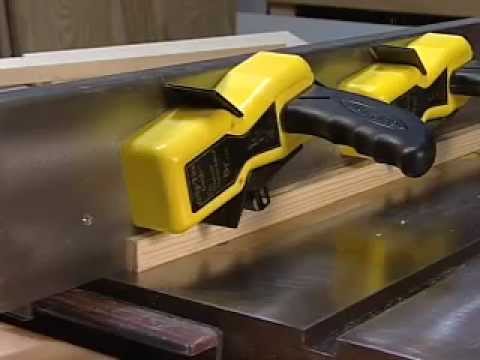transatlantic
Boom!
I was wondering if a few of you could do me a favour and try to use your planers (something like a Axminster Hobby Series AH106PT Planer Thicknesser) from a seating position (as if you were in a wheelchair). The restriction being that once you set your initial position, you can't move from that position, and must perform the entire operation from that one spot.
There is obviously a height issue, but assume the planer would be at a comfortable height (perhaps raise your chair?)
I'd like to know :
A) Was it actually possible?
B) Was it practical?
C) What do you think would be the maximum length you'd go to? (assuming rollers in place)
D) What would be your safety concerns?
E) Could a feather edge be used to provide downward pressure on the outfeed, enabling you to only have to concentrate on the infeed?
F) Where would you locate yourself? middle? left of cutter? right of cutter?
Looking forwards to your replies!
(I'm bracing myself for a lot of negative feedback! so please be honest!)
There is obviously a height issue, but assume the planer would be at a comfortable height (perhaps raise your chair?)
I'd like to know :
A) Was it actually possible?
B) Was it practical?
C) What do you think would be the maximum length you'd go to? (assuming rollers in place)
D) What would be your safety concerns?
E) Could a feather edge be used to provide downward pressure on the outfeed, enabling you to only have to concentrate on the infeed?
F) Where would you locate yourself? middle? left of cutter? right of cutter?
Looking forwards to your replies!
(I'm bracing myself for a lot of negative feedback! so please be honest!)



































